Review: Pantech Crossover
Jun 8, 2011, 2:55 PM by Eric M. Zeman
Pantech's first Android smartphone for AT&T scores well for a newb. It combines the right mixture of features, design, and price to be a tempting target at AT&T retail shops.
Form
Is It Your Type?
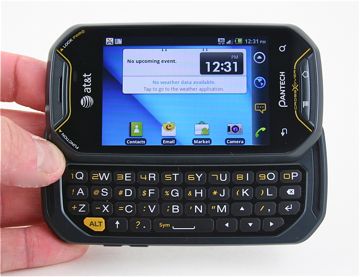
Pantech swings hard with its first Android smartphone, the Crossover. Pantech manages to impart a little bit of personality into this sideways slider, letting it stand out from the increasingly crowded collection of Android devices. The $69.99 price point certainly doesn't hurt its chances, either. See why the Crossover is worth considering.
Body
The Crossover may come off looking like a rugged handset at first glance. It isn't. Don't let the cropped corners, gun-metal coloring, and sci-fi design cues fool you into thinking this is a rough-and-tumble phone.
It has a good feel in the hand, but I found all the Crossover's surfaces to be a bit on the slippery side, making it hard to hold onto. Even the textured battery cover is slippery and fails to provide any grip. Despite its greasy feel, the Crossover rests comfortably in the palm. It is narrow enough to fit snugly and the quality of the materials is excellent. It is well balanced, and though the weight was a hair on the heavy side, it fits well into pockets and doesn't drag you down.
Given the size of the phone, I wouldn't blame you if you feel the Crossover's screen is a bit small. It takes up about about two-thirds of the front face of the Crossover, but leaves plenty of black bezel around it. Pantech departs a bit from the norm with its four Android control keys. Rather than use either capacitive or physical buttons, it uses both. The outer two buttons (back and search) are capacitive. The inner two controls (menu and home) are physical buttons. The two capacitive keys can be set to offer haptic feedback if you wish. The menu and home key have a decent feel to them, though they are a smidge too close to the bottom edge of the phone.
Taking a tour around the edges, we find the volume toggle on the left side. It's too small for my tastes, but it manages to be found easily and offers excellent travel and feedback. The single-stage camera key is on the right side of the phone. Finding and using it is no problem. A hatch covering the microUSB port is positioned above the camera key. I found this hatch difficult to remove. Once it is opened, it barely moves aside enough to allow for the cable to be plugged in. You might want to play with the hatch a bit to stretch out the plastic.
My favorite two buttons are on the top corners of the Crossover. Pantech placed the power/lock key on the right shoulder of the Crossover. This button is large, protrudes the perfect amount, and has a texture that makes it easy to find. It offers excellent travel and feedback. Ditto for the key on the opposite corner, which opens a shortcut menu. The 3.5mm headset jack is nestled between these two keys.
The Crossover is hard to slide open. That's not because the mechanics of the slider are poorly made, but because the Crossover is so slippery. Getting enough traction with your thumbs on the slick plastic is nearly impossible. This gets old quickly. The slider itself produces one of the most satisfying "thocks" I've heard in recent memory. It snaps open with authority and announces loudly that it is ready for business. It is aided by a healthy amount of spring assistance.
The QWERTY keyboard includes four rows of keys, including dedicated arrow keys, and dedicated period and comma keys. Numbers share the top row with letters, and there aren't any internet-friendly keys such as ".com", "@" or "www".
The keys are a bit too flat for my tastes, but the action is really good. They require firm pressure and offer a good "click" when pressed all the way. Typing on the keyboard — with help from some predictive text software — is speedy after a short adjustment period.
The microSD card port is under the battery cover. It can be accessed without removing the battery.
The Three S's
Screen
The Crossover offers a lackluster 3.1-inch LCD with a meager 320 x 480 pixels. It can't hold a candle to the brilliant displays that its high-end competitors boast, but it gets the job done just the same. The smaller physical size helps to increase the pixel density, and that in turn leads to graphics, icons and text that looks relatively free of pixelated, jaggy edges. In terms of brightness, it was great for indoor environments, but suffered heavily at the hands of the sun.
Signal
The Crossover did a commendable job grasping at AT&T's network. In my home office, it performed on par with other AT&T devices I have on hand. Out and about it was a little bit more hit-and-miss than I would have liked with respect to signal strength, but the Crossover had no problems making or receiving calls. It also didn't drop any during my time testing the phone. Data sessions weren't blazing fast, but they were better than Pony Express speeds, for sure.
Sound
Phones calls sounded OK, but not great. Volume in the earpiece was good enough for most environments, but most calls had a scratchiness to them that sometimes made it difficult to understand conversations. The scratchiness persisted on the speakerphone, which is way too weak to be of much use outside a very quiet room. The ringers and alert tones also lacked oomph, but the strong vibrate alert helped out a bit.
Battery
The Crossover does pretty well for an Android phone. I easily got 36 hours out of a single charge, which means you might need to worry about plugging it in on lunch the day after you unplug it. Heavy users will want to charge every night, though, as the Crossover was never able to stretch through two full days.
Basics
Menus
The Crossover runs Android 2.2.1 with some minor adjustments made by Pantech and AT&T. The base operation of the Crossover doesn't stray from the Android norm.
The Crossover has five home screen panels for customization. It has a bunch of apps, widgets, and other shortcuts on the various panels, but those can all be moved or removed at will. The main menu is accessible via a permanent icon at the bottom of the display, and it is the standard grid of icons in alphabetical order. The Crossover, thankfully, lets users rearrange the order of the apps in the main menu and/or switch to a list view. The settings menu behaves identically to every other Android device.
The notification shade includes controls for the Crossover's various radios, including Bluetooth, Wi-Fi, and GPS, as well as the alarm application.
A note about performance. The Crossover behaves in a herky-jerky manner quite often. Considering that it has a 600MHz processor on board, that's not entirely surprising. Still, it's been a while since I've seen an Android phone that has trouble moving from screen to screen and app to app. Some functions take forever to load or initiate. It feels a lot like the first few Android phones from HTC did way back in 2008/2009.
Calls/Contacts
Calls
The Crossover defaults to the stock calling and contact applications. It looks different only because Pantech chose to add a splash of color (green and blue) to the dialpad.
Calls are easily swapped, sent to the speakerphone, sent to Bluetooth headsets, and placed on mute. The Crossover doesn't break any new ground in terms of phone calling prowess.
Contacts
The contacts application is the stock Android app, but again has been colored in a bit by Pantech to match the Crossover's overall theme. The Crossover supports the typical list of contact databases, such as Exchange, Gmail, Yahoo Mail and so on. It will also add your Facebook friends if you wish.
As with all Android handsets, the calling and contact applications continue to work well together.
Messaging
The Crossover offers the expected crop of messaging applications and functions, but offers just a bit more than even some of the highest-end Android smartphones.
First, Pantech has added a messaging widget to the home screen that doubles as a notification center. The little widget provides alerts for missed calls and the number of unread messages in your texting inbox and email inbox. Press any of these three icons, and you'll be taken to the appropriate inbox to sift through the unread missives. If there are no missed calls/messages, feel free to press the icons anyway, because doing so will open the call log, a new text message, or a new email. It's a neat little combination of several existing features, and pulls notifications out of the drop-down shade (they're still there, too) and gets them on the home screen.
Second, the Crossover offers a group messaging application. While I am not sold on the idea of group messages (especially from a smartphone), I can understand why it is included on the Crossover. It works fairly well, but costs money to use each time you send a group message. Phone Scoop has asked AT&T for pricing details on this features, but we haven't yet been given a good answer.
Beyond these, everything else is stock. The Gmail, email, SMS, GTalk apps are all on board. If you want to chat on AIM, Yahoo or Windows Live IM, hit the Android Market. Lastly, Pantech and AT&T were smart enough to include the native FaceBook and Twitter apps out of the box.
Extras
Media
Music
The Crossover has the stock Android music player application, through it is treated just a wee bit differently. Rather than the bland tabs across the top of the screen to sort through songs, albums, artists, and playlists, the Crossover has a drop-down menu to access those things. It's not radically different, but enough so to give the Crossover its own identity and feel. Playback is the same as most other Android handsets with the requisite controls for play/pause, skip forward and back, shuffle, loop, and so on.
In terms of extras, the Crossover has an extended list of equalizer options for shaping the sound it produces. First, there is a baseline "normal" setting, and then there are a number of 3D sound effect that can be applied, such as "NASH", "Live", "Wide", "MEX", and Virtual Sound 7.1 Channel (really, on a phone?). The Crossover also has a full equalizer with 14 oddly-named presets (Strong, Fresh, Dark, Hard, Shiny, Dry, Stable, Gloomy, etc.) and two different user configurable options.
The Crossover has more audio firepower than most handsets on the market. Nice.
Video
The Crossover has a few options for video playback. First, it has the stock YouTube application. Also, the stock gallery application serves to play back locally-stored video content, such as recordings captured with the phone or side-loaded from a PC. It also has AT&T's Mobile TV application, which offers snack-sized video content streamed over the network. You'll be much better off if you ignore this application and stick with YouTube, however. The AT&T Mobile TV app requires a subscription.
As far as purchasing any type of content from the handset goes, you're out of luck. You'll have to snag something such as the Amazon MP3 application from the Market if you want to buy music.
Camera
Camera
The Crossover has a 3 megapxiel camera. The software that controls it is decent, but stripped of some features typically found on more high-end devices. The camera will open if you press the dedicated camera button or the software button on the home screen. It opens a little bit on the slow side, perhaps 2.5 - 3.0 seconds. You'll miss some fleeting shots thanks to that.
Once open, the viewfinder is mostly reserved for viewing your subject. Only a small sliver on the right side is reserved for some basic controls (software shutter button, switch to video camera, settings). If you tap the screen once, another control panel will appear on the left side of the screen. This allows users to adjust the shooting mode, white balance, exposure, and a few other settings before firing off some shots.
The Crossover can be set to auto-focus or fixed-focus modes. When in auto-focus mode (which I highly recommend you use), the Crossover will focus on whatever is in the center of the screen. There is no touch-to-focus. Press the shutter button and the Crossover takes about a second to focus, and then another second to process the shot and get you to a review screen. From there, you have the typical options for sharing or jumping back to the camera application.
Gallery
The Crossover uses the stock Android 2.2 gallery application. You can open it either from the camera app or the main menu. It syncs with your Google Picasa account (if you have one) and sorts photo albums based on date and location. They float in a 3D-esque space and you can swipe through albums or choose one and open it.
With an album open, photos and videos are intermingled based on when they were captured. You can navigate through the album quickly to drill down to the photos you want to see/interact with.
Sharing options for photos are ridiculous. Think of a service or social network, and you can push the photo to it. Editing features, however, are limited to crop and rotate left/right.
Photos/Video
Photos
With just 3 megapixels to work with, I wasn't expecting much from the Crossover, but it doesn't do too poorly. Focus is really soft if you leave it in fixed-focus mode. Things sharpen up a bit with auto-focus turned on. The trade-off is speed. When in fixed-focus mode, the Crossover shoots images much faster.
Color and white balance looked mostly good, and exposure was generally accurate. I was disappointed with the amount of grain I noticed in many of the images I captured. If you know what you're doing, and make the proper adjustments ahead of time, you'll get better results than if you just got shooting willy-nilly. But, if you choose the easier path of pointing-and-shooting, you'll still manage to get some usable shots.
Video
The Crossover records video at a maximum resolution of 800 x 480. That's wide-screen, and better than many lower-end Android phones, but it's not HD. The video camera's software mirrors that of the still camera and offers many of the same controls. The video I shot was very good, but short of excellent. Focus was a bit soft, but exposure, color and white balance were all good. The real problem was grain and other digital noise that popped up in video. It is far from terrible, but noticeable just the same.
Video you shoot with the Crossover will be great for sharing via MMS or FaceBook, but not necessarily the best quality for your YouTube channel.
Browse/Customize
Browser
The Crossover has the stock Android browser on board. While it hasn't really been improved since its first release, it is still a great browser when it comes to handling web pages and web content. Ah, but what about speed? Not fantastic with the Crossover. Data sessions were regularly slow and full of stalls. Sure, the Crossover offers access to the Internet, it just does it from the slow lane. We are talking Volkswagon speeds, not Porsche.
Customize
The Crossover offers the basic set of customization tools that are found on any Android phone. Ringtones, alerts, wallpapers, etc., are all easily changed and adjusted. The home screen panels can be stuffed with apps, shortcuts, and widgets. Let's not forget that you can rearrange the main menu, too.
It also has a handful of themes. The themes each have different wallpapers and shortcuts installed on the home screen panels depending on what activity you're prioritizing. For example, in the work theme email, calendar, and the phone are prioritized. The social theme dials in all the social networking and messaging apps. You get the idea. Each of these can be adjusted and saved, and there is a fully blank theme that can be completely customized the way you want it. The themes only change the home screen layouts, they don't alter the basic functionality of the user interface.
Extras
AllSport GPS
One of the key third-party apps on the Crossover is Trimble's AllSport app. This application is for those who like to get outside and get some exercise. It uses GPS and other tools to monitor your workout. There are a handful of base activities that it supports, such as biking, hiking, mountain biking, road biking, running, skating, skateboarding, snowboarding, skiing, surfing (hang 10!), trail running, and, for the least adventurous of is, regular old walking. Pick the activity you want and get going.
I chose to test a walk. The app loads a history of your walks (date, time, distance, etc.) and lets you start a new walk. Press the start button, and begin your journey. It lets you keep track of laps, distance, pace, and even provides a map so you know where you're going. When you're done, hit the stop button and AllSport GPS will provide a summary of your workout. (I burned 39 calories walking around the block, a whopping 0.35 miles).
You can then use other tools to look at your work-out stats, maps of places you've worked out, charts of your performance, and so on. You can also shoot video or photos from within the app, which will geotag them and place them along the route. Neat!
Last, for the show-off, you can push your workout performance to Facebook, Twitter, and back up your work-outs online.
While this application is free, there is a mode advanced version available in the Android Market that costs a few bucks.
Apps
AT&T has loaded more than its fair share of junk apps onto the Crossover. The list of apps I wish I could delete (but can't) include: AT&T Mark the Spot, AT&T TV, Tutorial, Stocks, Sketch Pad, YPMobile and a handful of others. The really, really, really good news, however, is that with the Crossover, you can (finally!) install non-Market apps. No more limitations from AT&T on what you can and can't install. Now about uninstalling...
Bluetooth
The Crossover supports mono and stereo headsets, phone book access, and object push with its Bluetooth 2.1+EDR radio. I had no trouble pairing with headsets and other phones, but was unable to pair with my car. Sound quality of calls through the headsets was acceptable, but definitely not ideal for lengthy conversations.
Clock
The Crossover has its own version of the Android lockscreen clock, but it's not all that different from what you'll find on other phones. Hitting any of the buttons wakes the Crossover from sleep and the time is visible smack in the middle of the screen. The clock is a bit on the small side, and the white coloring makes it impossible to see outside. There are two different clock apps on board, but they don't let you adjust the way the lockscreen clock behaves.
GPS
The Crossover has Google Maps in addition to a flotilla of AT&T navigation/location services installed. The AT&T services, such as Navigation and Family Locator, work well, though cost an extra few bucks each month. Google Maps is a good, free substitute. I found the GPS radio to be quick and accurate, but Google Maps was very slow thanks to the Crossover's sluggish data performance.
Video
Wrap-Up
It's hard to bash the Crossover. It's a good, middle-of-the-road Android smartphone. My chief concerns are the inconsistent call quality and slow-ish data speeds. On most other points, the Crossover hits the mark. Battery life is good, the hardware is mostly good (save for its slipperiness), and it certainly looks appealing.
The music and video players do a fine job, even though there's no way to purchase content from the handset. The camera lives up to the mid-range status of this handset, with average results. The user interface is typical Android, but the few extras, such as the notifications/messaging shortcut, help the Crossover to stand out a little bit.
Given how average this device is at everything, its chief selling point surely is the cost. At $69.99, it is an inexpensive option to the $129, $149, and $199 smartphones phones out there. As long as you can handle the data plan expense, there's no reason not to cross over from your feature phone to the Pantech Crossover.

Comments
QWERTY Android
Granted, the crossover is an upgrade to something like my phone. But, I want something powerful like an Atrix or an Infuse with a fully tactile QWERTY.
Blackberry did a pretty good job with the Torch. But, I want a QWERTY that is made for viewing the internet letterbox style.
I'll give you industrial designers a hint, make it just like the LG Quantum, but with a screen the size of the Infuse or Inspire.
I agree, though. I think there needs to be more android devices with a physical QWERTY keyboard.
If you can save some extra cash I reccomend the MotoFlipside. Android 2.1 with qwerty keyboard. Not a bad device.
...
(continues)


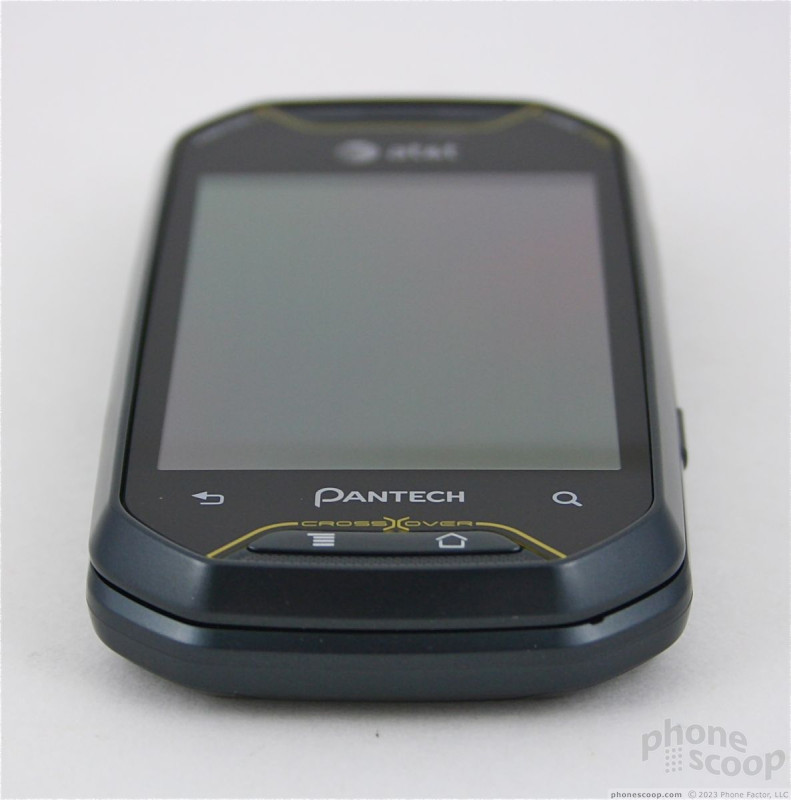


















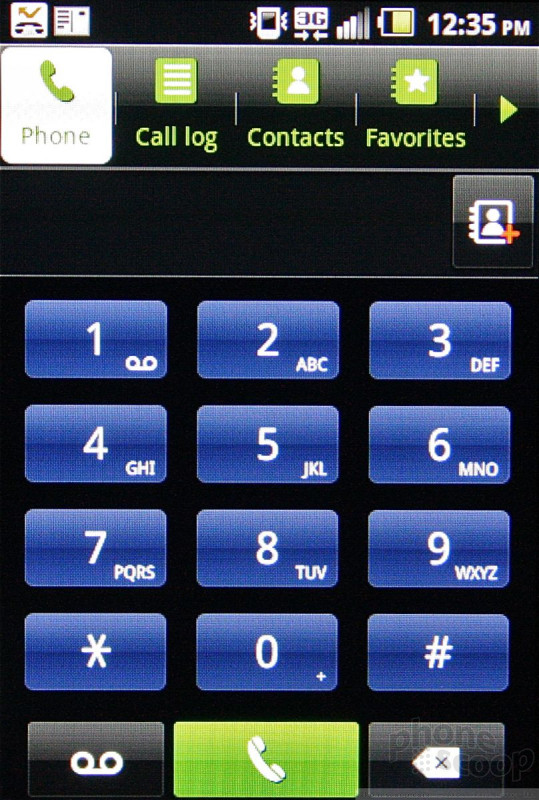


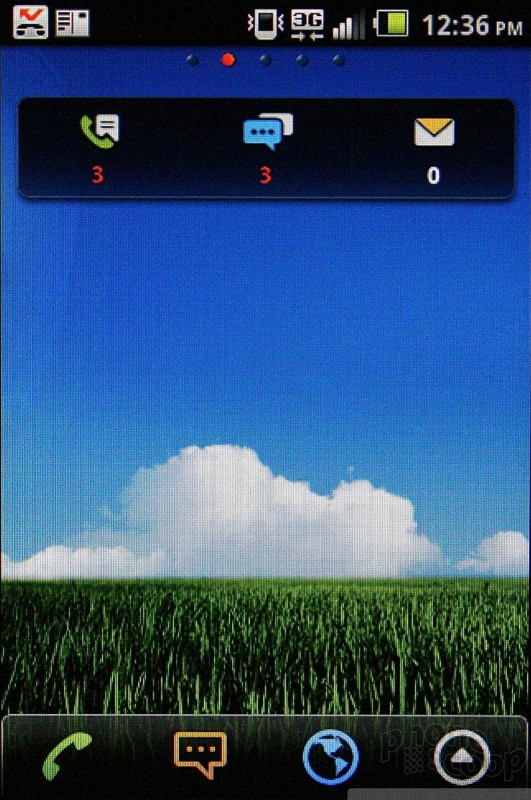



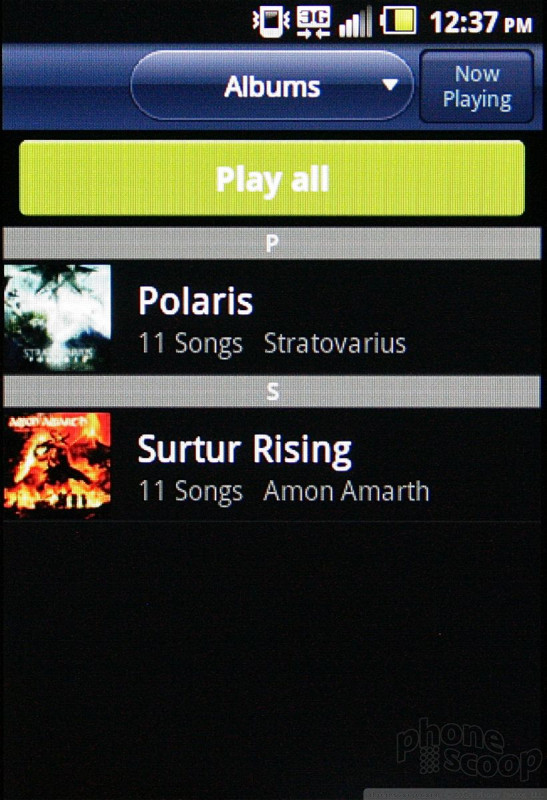




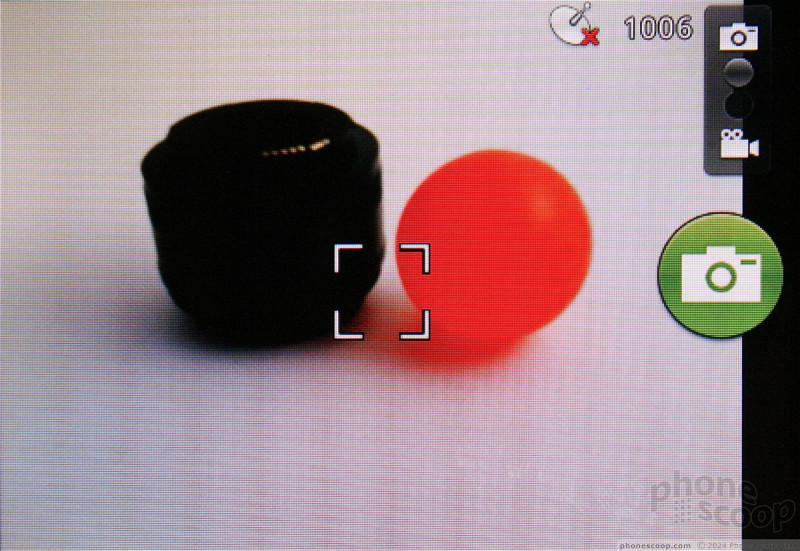



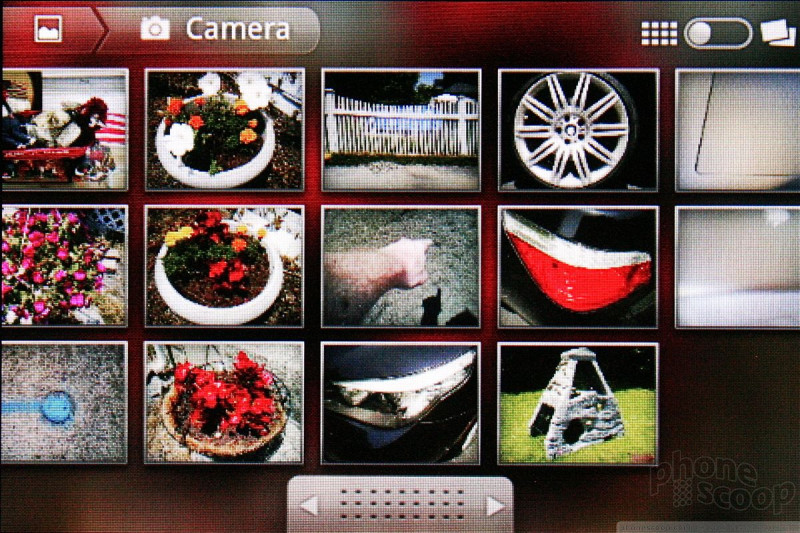



















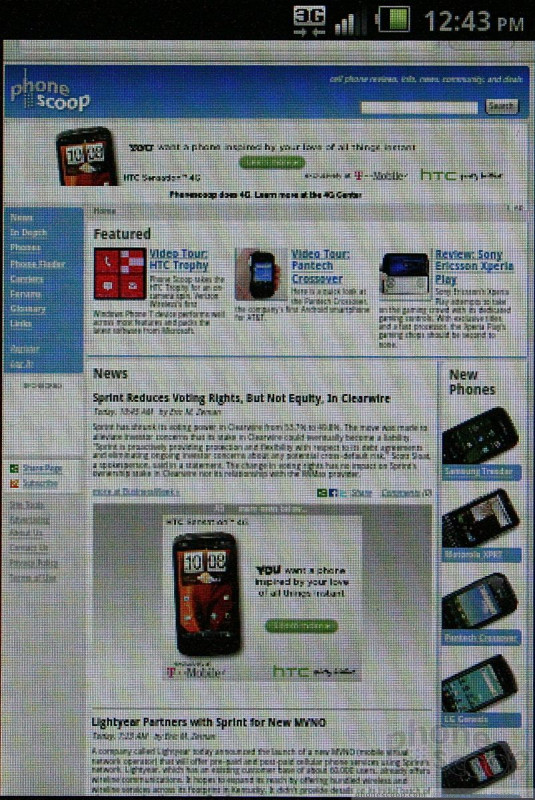



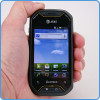 Video Tour: Pantech Crossover
Video Tour: Pantech Crossover
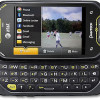 Pantech Crosses Over To Android With The Crossover
Pantech Crosses Over To Android With The Crossover
 iPhone 14 Plus Offers a Big Screen For Less
iPhone 14 Plus Offers a Big Screen For Less
 iPhone 15 Series Goes All-In on USB-C and Dynamic Island
iPhone 15 Series Goes All-In on USB-C and Dynamic Island
 Pantech Crossover
Pantech Crossover



